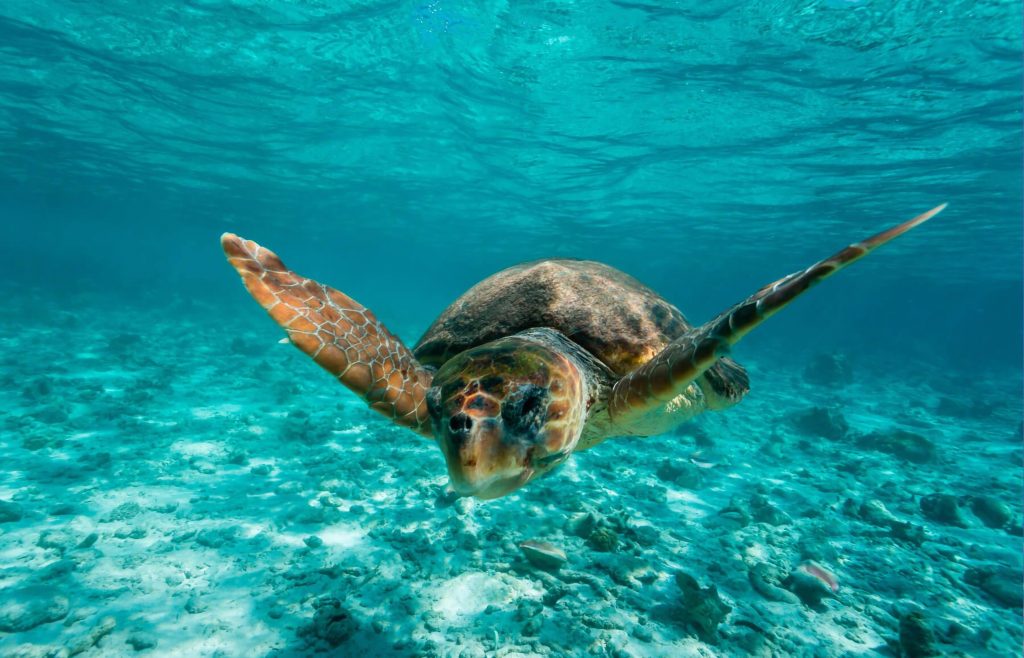
Discover our underwater world
The Columbretes Islands are not an amusement park or tourist attraction, but a rare piece of unspoiled nature. A visit here is not just a day out, but a special experience where respect for Mother Nature is central. It is a journey back in time, to a world that is still pure and untouched. Let yourself be inspired by this beautiful environment and discover what is truly important in life. Enjoy this unique experience to the fullest!

Red coral
On the rocky bottoms of the Columbretes, we find the red coral Corallium rubrum, which is not overly abundant. This coral has been economically exploited since ancient times and is protected. Another emblematic cnidarian of this area is the gorgonian. There are three species present: the white gorgonian Eunicella singularis, the yellow gorgonian Eunicella cavolinii, and, especially, the beautiful red gorgonian Paramuricea clavata, which forms large expanses between 32 and 77 meters deep. This tree-like gorgonian is characteristic of the seabed in the western Mediterranean. It has significant ecological value as it provides biomass and structure to these benthic (bottom-dwelling) communities. It grows slowly and has a long lifespan. It can form monotypic or mixed “forests” with the other two gorgonian species.
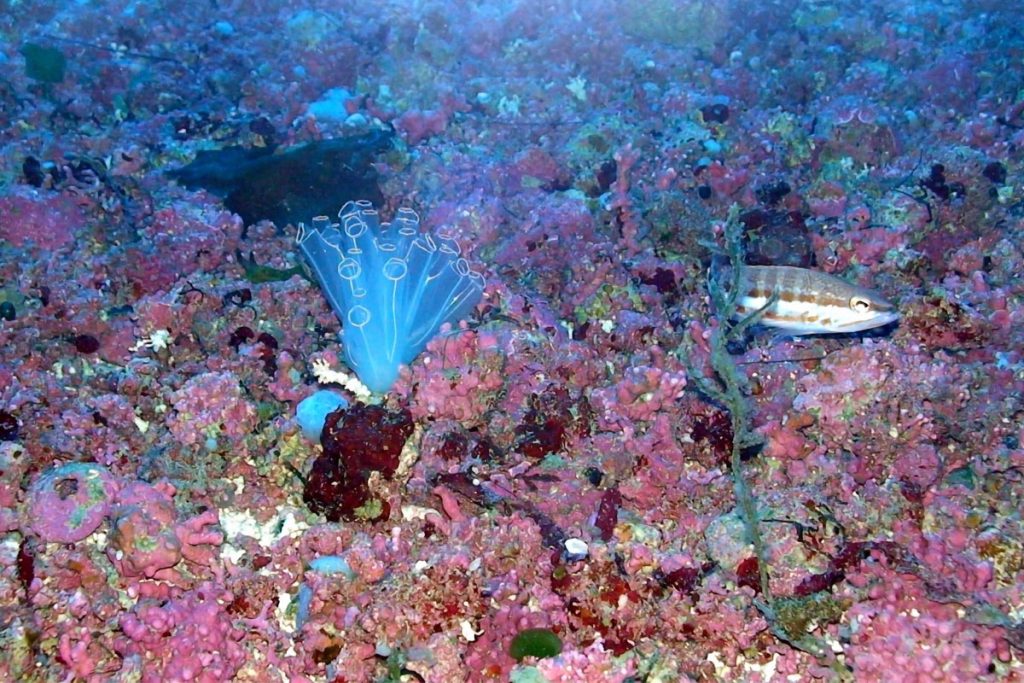
Detrital substrate
These consist of calcareous deposits of dead organisms mixed with sand and/or mud. The so-called maerl beds stand out, consisting of accumulations of calcareous red algae that form structures resembling coral reefs. They are found between 30 and 150 meters deep in the Mediterranean. On these seabeds, there are large expanses with cnidarians such as Epizoanthus and Poliplumaria, as well as anemones and hydroids. In this interesting mix of seabed and marine habitats, there are crabs such as Calappa granulata, Dromia personata, and Dardanus calidus. Also of economic and fishing importance are the lobster Homarus gammarus and especially the red lobster Palinurus elephas.
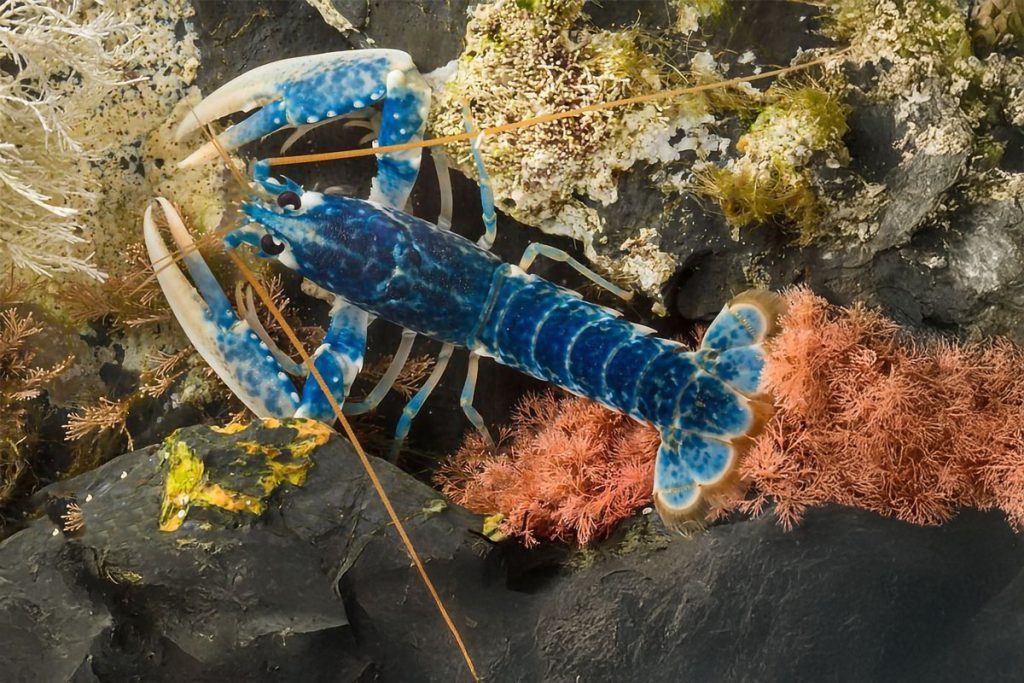
Lobster
When the Columbretes Islands were granted protection, the state of their fauna was deplorable. While pigs, chickens, mice, and garden plants had been introduced on land, the effects of excessive fishing were clearly visible in the marine area. As a result of the declaration of the Marine Reserve, species such as lobsters began to recover to the extent that the Reserve started to function as a “source” of new populations. Although fishing is not allowed in the integral reserve area, fishermen only need to fish for lobsters around the islands, which has become an important economic resource. The record catch is a lobster weighing 5 kg.
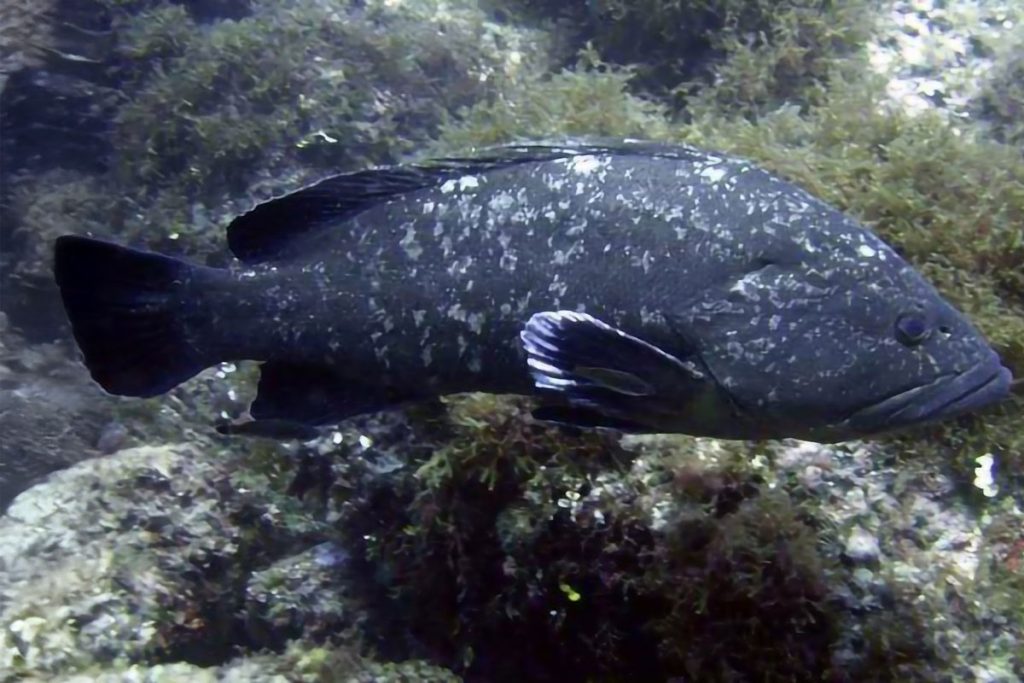
Sunfish Mola Mola
As expected, the ichthyofauna is well represented in the waters of the Columbretes. Pelagic fish include the sardine Sardina pilchardus, anchovy Engraulis encrasicolus, barracuda Sphyraena sphyraena, amberjack Seriola dumerili, or the sunfish Mola mola, one of the largest bony fish in the world, which feeds in deep waters on jellyfish, squid, and sponges. Only boats using traditional fishing gear, such as surface trolling, which is a “line” of hooks equipped to glide at medium depths with the boat to catch only pelagic fish, are allowed to fish commercially around the islands. Gear that damages the seabed, such as trawls and longlines, is prohibited. Approximately 109 vessels are licensed to fish in these waters.
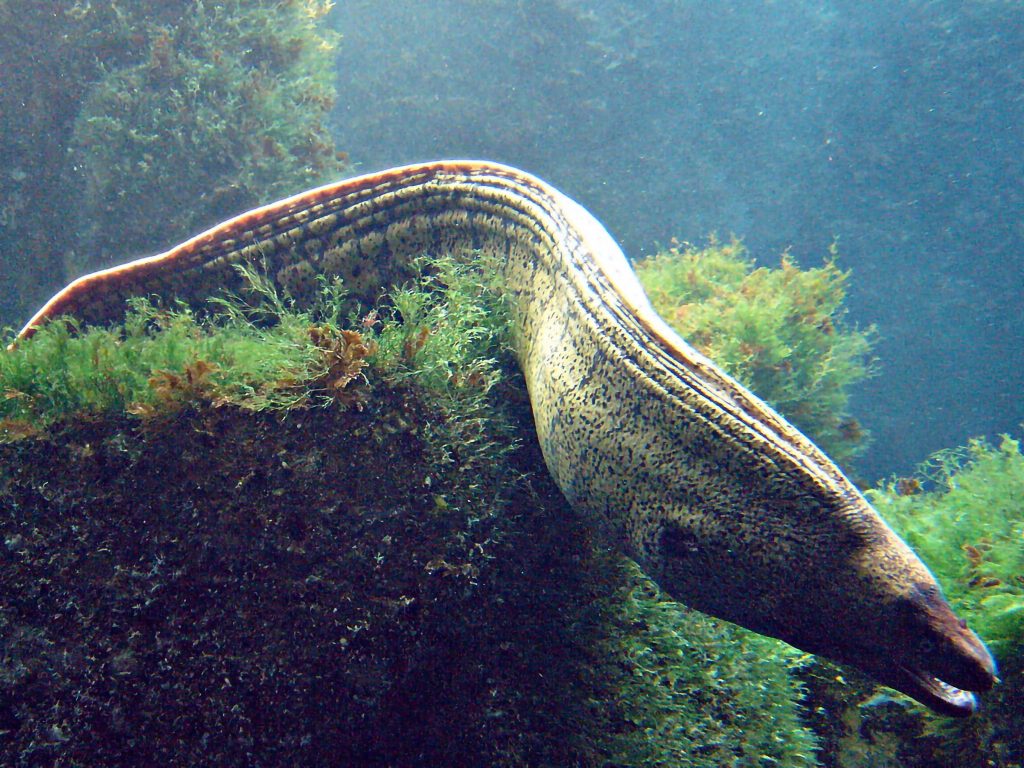
Muraena Mediterráneo
Mediterranean Moray
Regarding benthic fish, or as they are commonly called, “rockfish,” which are highly valued in Mediterranean cuisine, the following species are present: the scorpionfish Scorpaena scrofa, the rainbow wrasse Coris julis, the comber Serranus cabrilla, the damselfish Chromis chromis, the John Dory Zeus faber, the shark Diplurus vulgaris, the Mediterranean moray Muraena helena, the brown meagre Sciaena umbra, and the undisputed king of this type of fishing: the dusky grouper Epinephelus marginatus.
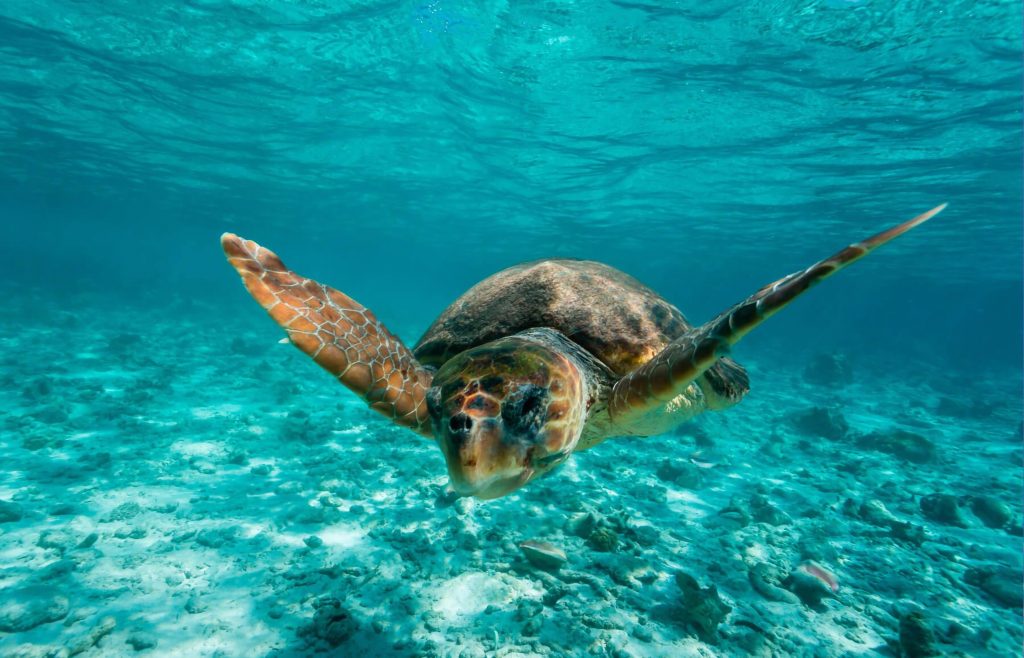
Turtle
The loggerhead sea turtle Caretta caretta is the most common marine reptile in the Mediterranean. In this area, they live on the continental shelf. They can be found here year-round between the Integral Reserve and the adjacent areas. Approximately 19,000 turtles have been counted between the Ebro Delta and the Columbretes, while around 1,300 are in the waters of the Columbretes.
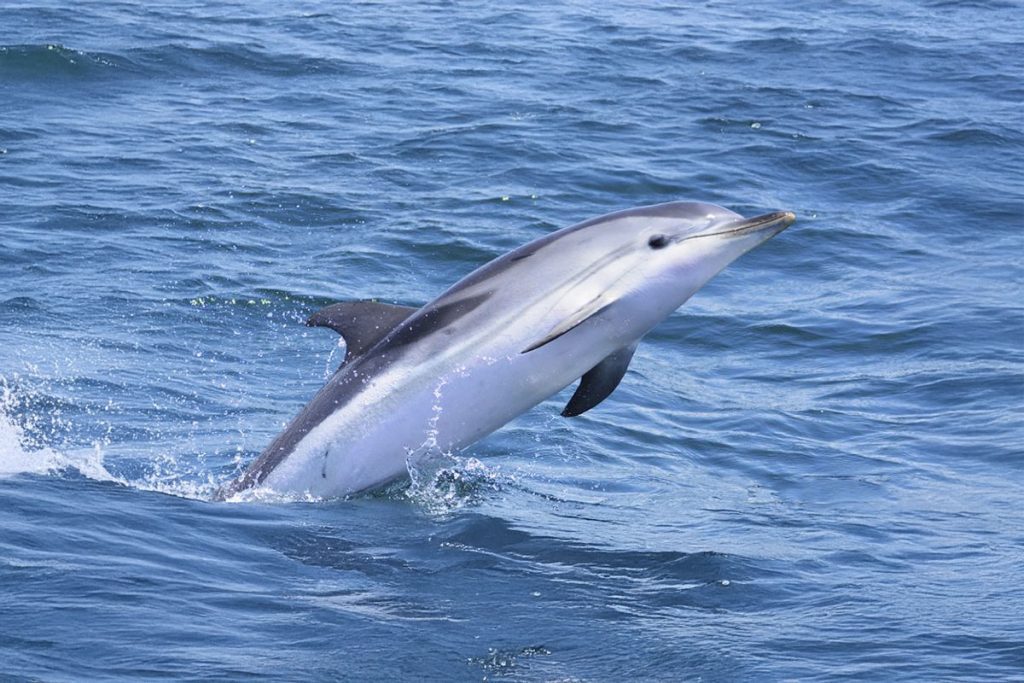
Cetaceans
The most observed cetaceans in these waters are: the striped dolphin Stenella coeruleoalba, which usually moves at depths of more than 200 meters, the bottlenose dolphin Tursiops truncatus, which can be found year-round, and the fin whale Balaenoptera physalus, which is usually seen here in March and the first half of April during its migration to the more northern areas of the Gulf of Lion. Unfortunately, the protection of these islands came too late for the Mediterranean monk seal Monachus monachus: the last specimen on the Columbretes was seen in 1961.
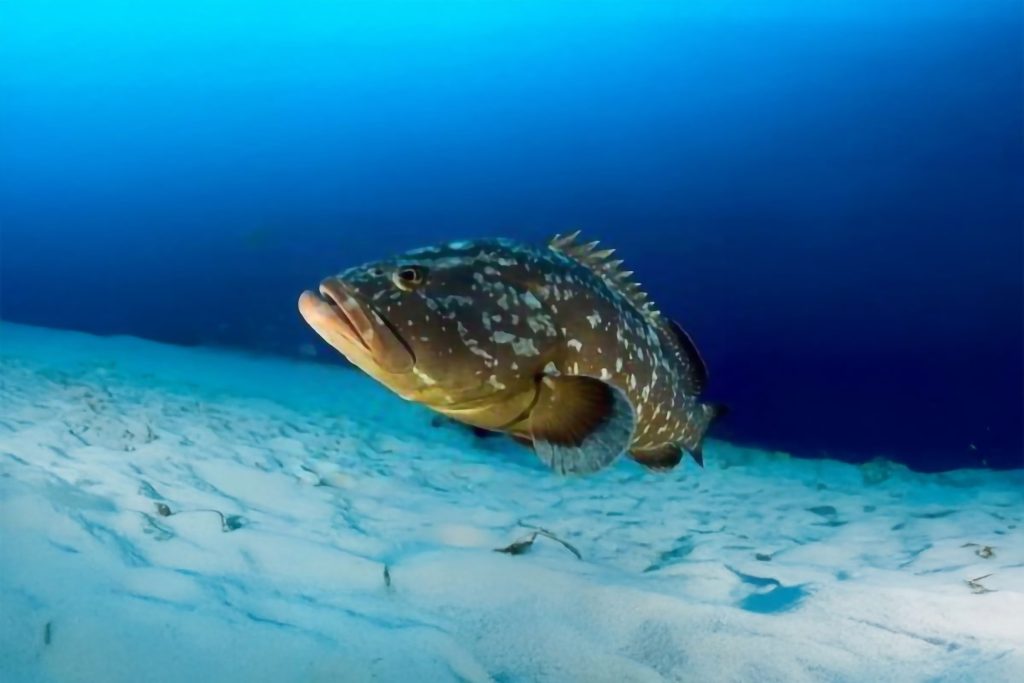
Grouper
The grouper, especially the dusky grouper (Epinephelus marginatus), is a notable fish in the Mediterranean Sea. This fish lives in rocky coastal areas and can grow up to 1.5 meters long. Groupers are initially female and become male as they grow larger. They hunt fish, squid, and crustaceans, playing a crucial role in the ecosystem as a top predator. Due to overfishing, their numbers have declined, but thanks to protective measures, they are increasing again. They can live up to 50 years and are beloved by divers for their majestic appearance.
